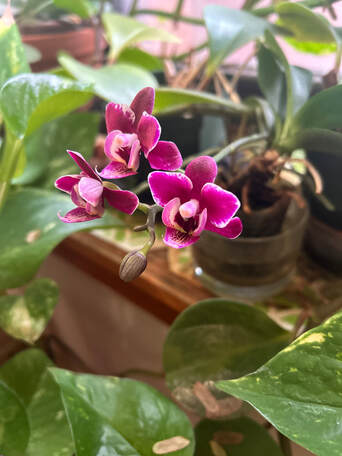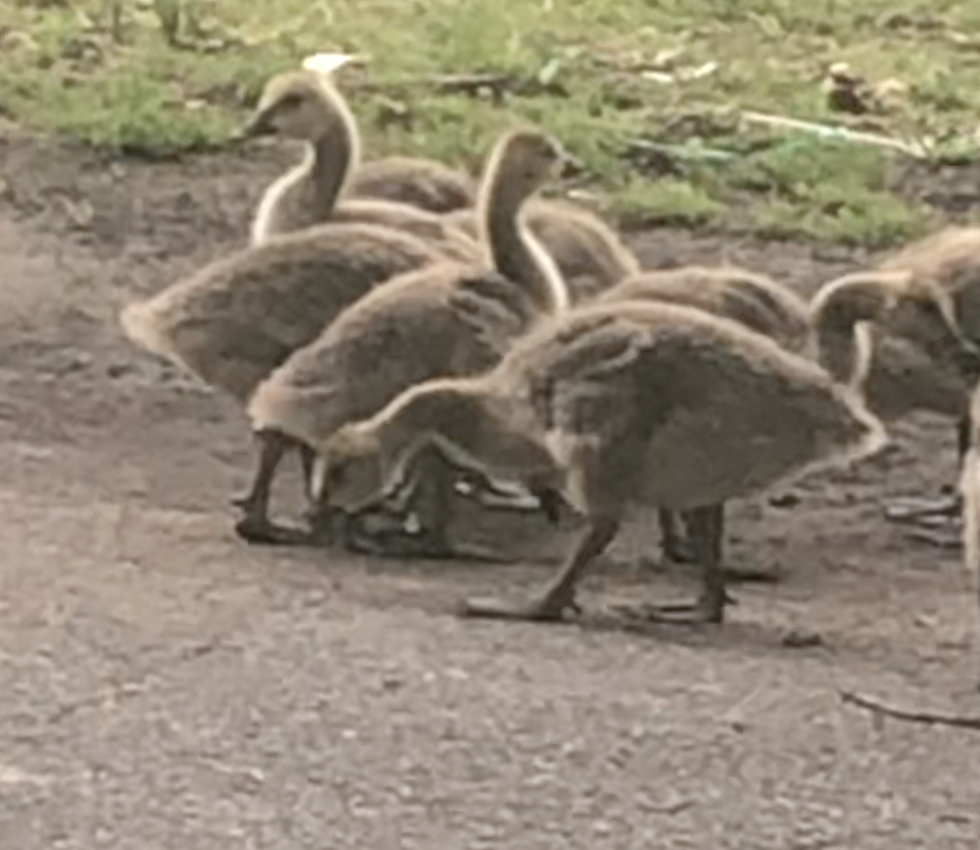The study of patterns in Bharatanatyam and neuroscience A point of intersection between the the systematic study of the arts and the sciences is the analysis of patterns. Patterns are all around us, and manifest as regularity in design. Nature is full of patterns, e.g. the orchid flowering in my garden. Dance and science give us an opportunity to appreciate and even generate patterns! In the short video below, movement patterns are strung together as part of a piece called a Jatiswaram. The space is the beautiful (and spacious) theatre at Aaron Davis Hall at The City College. On April 19, 2024, I will present Saṃbhūya: Understanding the Brain through Dance. Saṃbhūya" is a Sanskrit word that means “through joint effort”. Through this project, I will articulate how the sciences and the arts are complementary ways of appreciating the world around us. How do you engage with patterns in your scientific and artistic practice? Piece: Ragamalika Jatiswaram (Ragam Ragamalika, Talam Misrachapu)
Music: Sri. Jayan Nair (Nritya Kala Kendra, Ahmedabad) Choreography inspiration: Smt. Maheshwari Nagarajan and Smt. Vanitha Jayan (Nritya Kala Kendra, Ahmedabad). Saṃbhūya is created with the support of a 2023-24 CUNY Dance Initiative Residency at The City College.
0 Comments
Save the date for Saṃbhūya on April 19, 2024: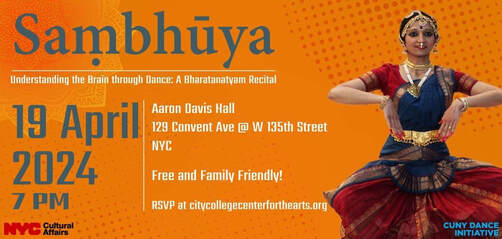 April 19, 2024: Saṃbhūya "Understanding the Brain through Dance: A Bharatanatyam Recital Saṃbhūya" is a Sanskrit word that means “through joint effort”. Through this project, I will articulate how the sciences and the arts are complementary ways of appreciating the world around us. Through aspects of Bharatanatyam, Saṃbhūya will present how the sciences and the arts can provide a united, holistic continuum for human understanding and bring people together. This event is open to all. Saṃbhūya is created with the support of a 2023-24 CUNY Dance Initiative Residency at The City College. This event was covered in the news outlet Harlem World as well. The feeling of wonder as a commonality between the sciences and the arts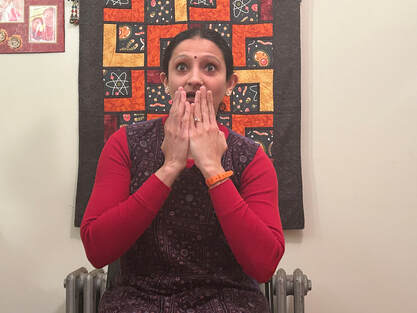 Continuing the humanistic exploration of science and linking it to artistic disciplines, the feeling of wonder is something that connects these disciplines in many profound ways. At the beginning of my doctoral work, I remember attending a Society for Neuroscience (SfN) conference, and listening to a lecture on how experiences change the brain in a physical way. I went on to study this process of synaptic plasticity in epilepsy, and the feeling of amazement of these physical, observable changes in the brain continued to be a source of inspiration. In Bharatanatyam too, we evoke and portray the sense of wonder or awe through the rasa (emotion) called adbhuta. In my creative aging sessions, we talk about things that have caused wonder, and the responses include witnessing the birth of a child or a grandchild, seeing the ocean or the Grand Canyon for the first time, the realization that red and blue make purple, and even (seemingly) mundane experiences such as waking up each morning! How does the sense of wonder manifest in your scientific and artistic lives?! Another response was "the devoted, tender love of a ferocious animal for its children is awesome. Like a lioness for her cubs.." Is instinct wonderful? Featured in the Purple Science Podcast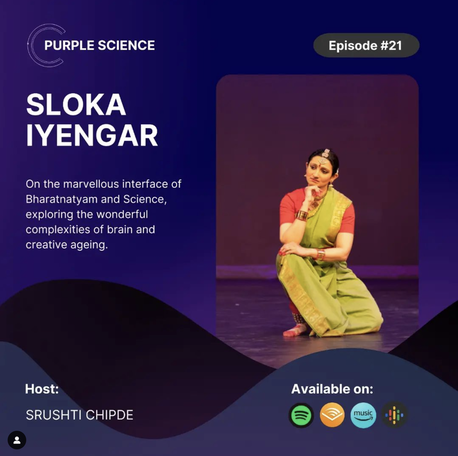 In February 2024, I was featured on the Purple Science podcast where I talk about science and dance and the intersection of these disciplines. I talk about growing up in Ahmedabad, formative experiences at Darpana Academy of Performing Arts, working at Animal Help Foundation, coming to the US for my doctoral and post-doctoral work. I talk about science communication, misinformation, empathy in communicating science, and changes in perception of science after the pandemic. The podcast can be found here: https://podcasters.spotify.com/pod/show/srushti-chipde4/episodes/Sloka-Iyengar--Episode-021-e2fp70t I talk about how as scientists, we are never taught to communicate science to non-scientists, and how my experiences at the animal shelter, The Times of India with Margie Sastry Didi, and setting up the lab at University of South Carolina School of Medicine helped me refine skills of communication. I talk about expecting and embracing complexity in science. In re-listening to the podcast, I feel this sentiment captures it all: "Someone is paying me to think and do things that I already want to and love to do!" Many thanks to Srushti Chipde for her thought-provoking questions and curation. Science and associated emotions..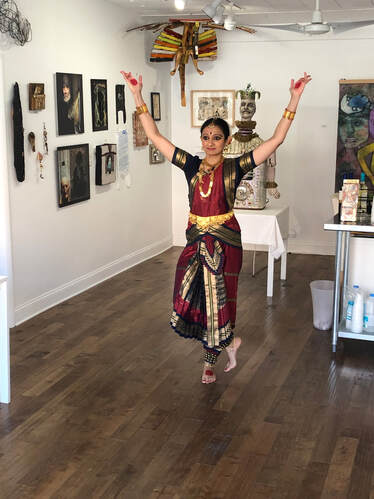 Performing at the Shout Out Saugerties Festival in NY. Performing at the Shout Out Saugerties Festival in NY. Continuing the humanistic aspects of science are contextual factors. For international scientists like me, my love for science is tinged with the slight sadness of moving out of my country, not being able to spend my adult life with my parents, and intense homesickness that induced physical illness. However, these feelings are also mixed with happy memories such as my advisors teaching me about rock music, and suggesting artists that I might want to check out. To this day, Led Zeppelin takes me back to the lab and late nights I spent at the electrophysiology rig. Spending long hours in the lab allowed me to look out of the window and the beautiful oak trees. Many years later, hearing the news that my favorite tree had been cut, I choreographed a piece that depicted the sad demise of the tree and its impacts on the animals around it. What are some ways in which the arts and sciences come together for you? |
About SlokaMy name is Sloka. I am a neuroscientist and Bharatanatyam dancer; you can find more about me here. Archives
June 2024
|
